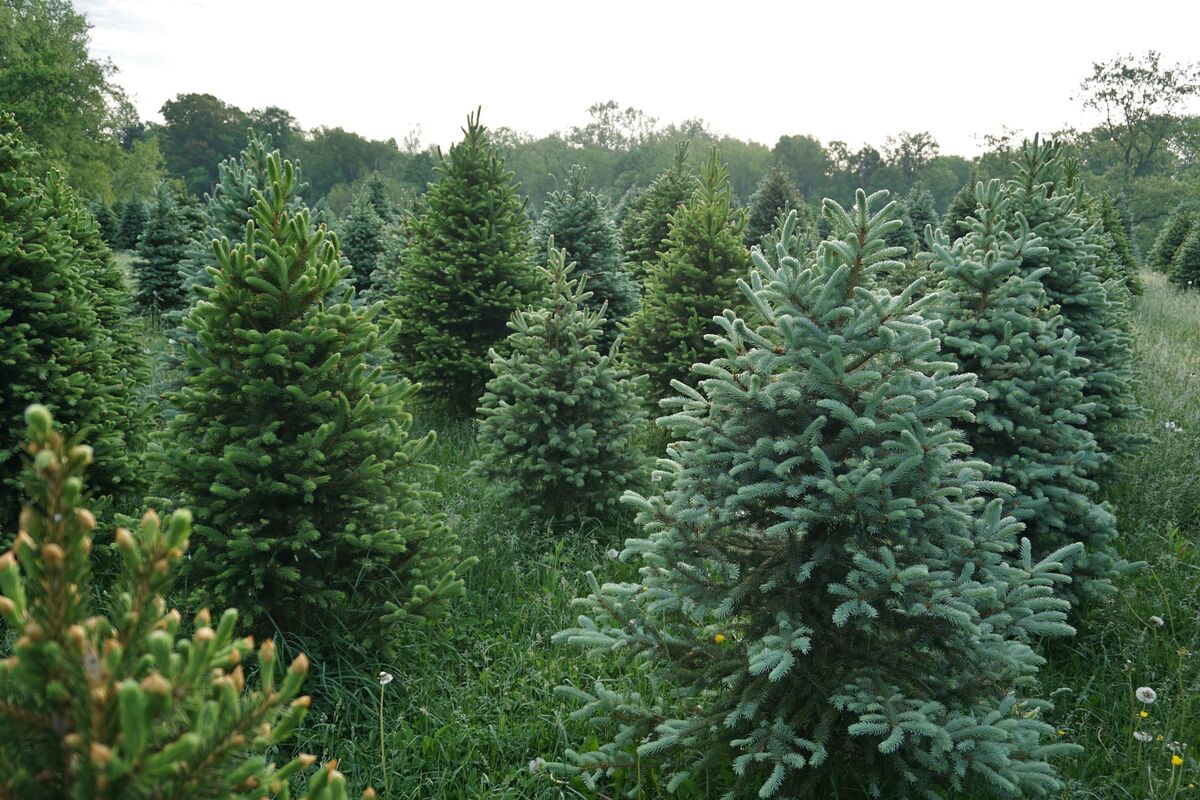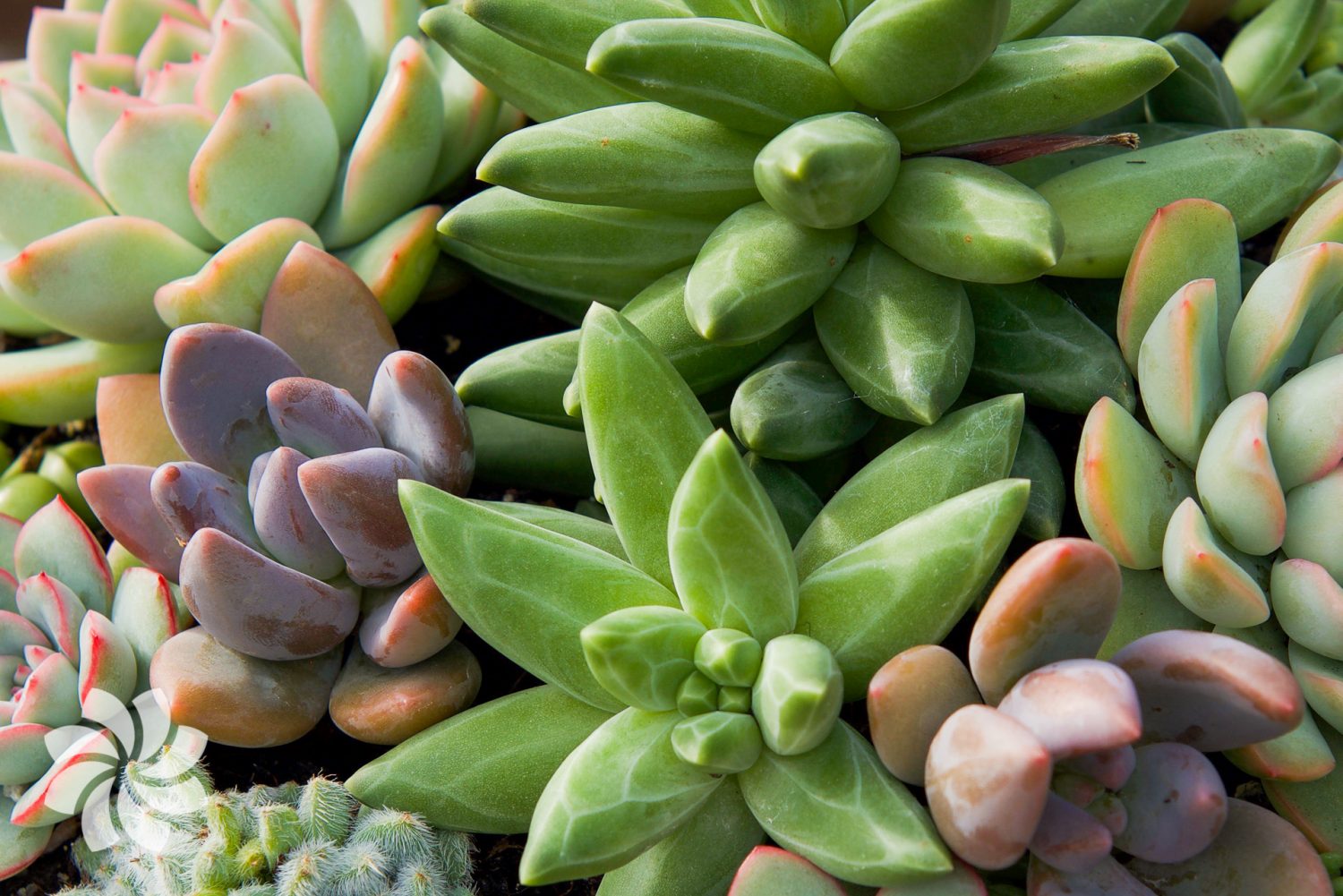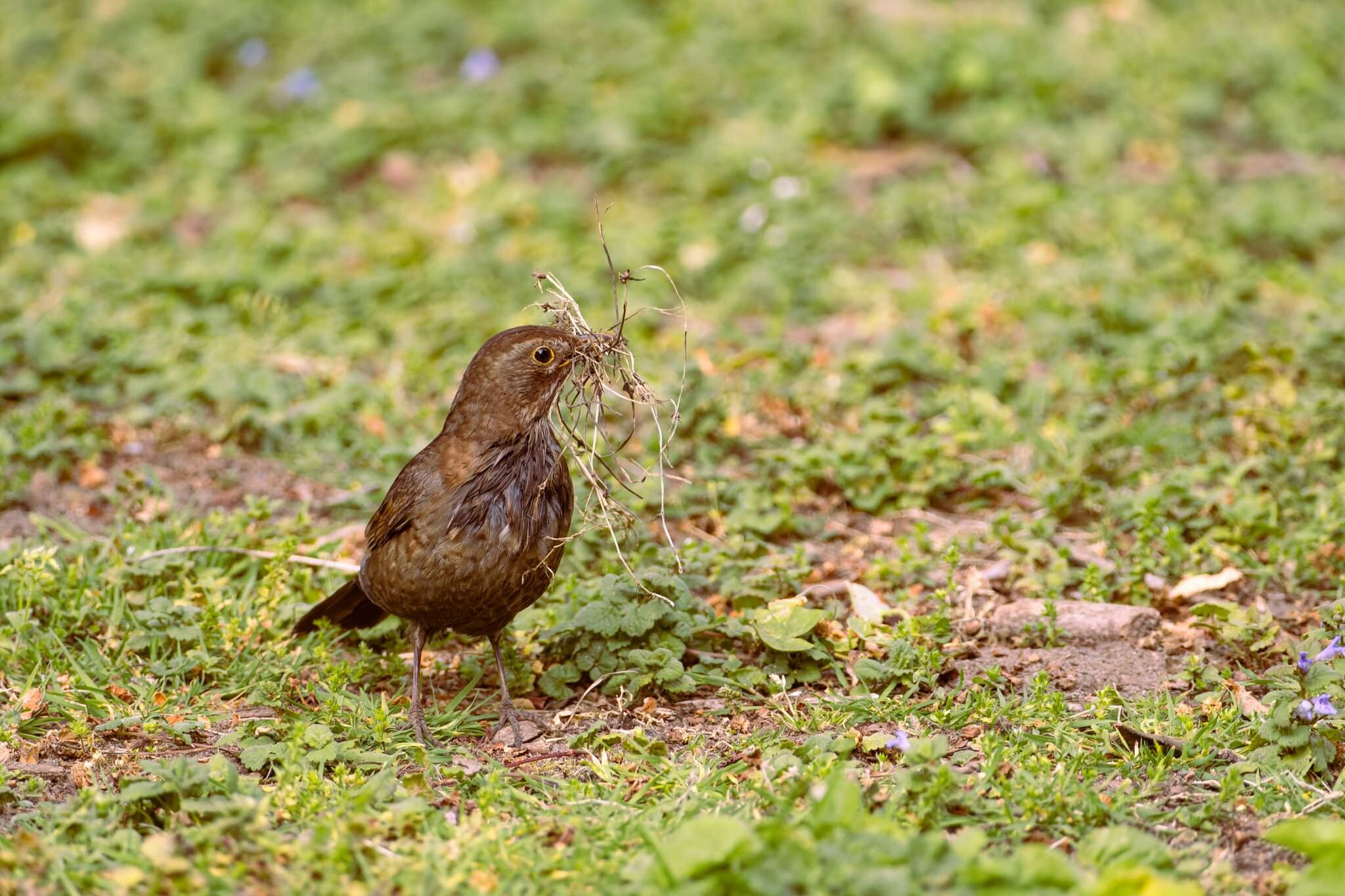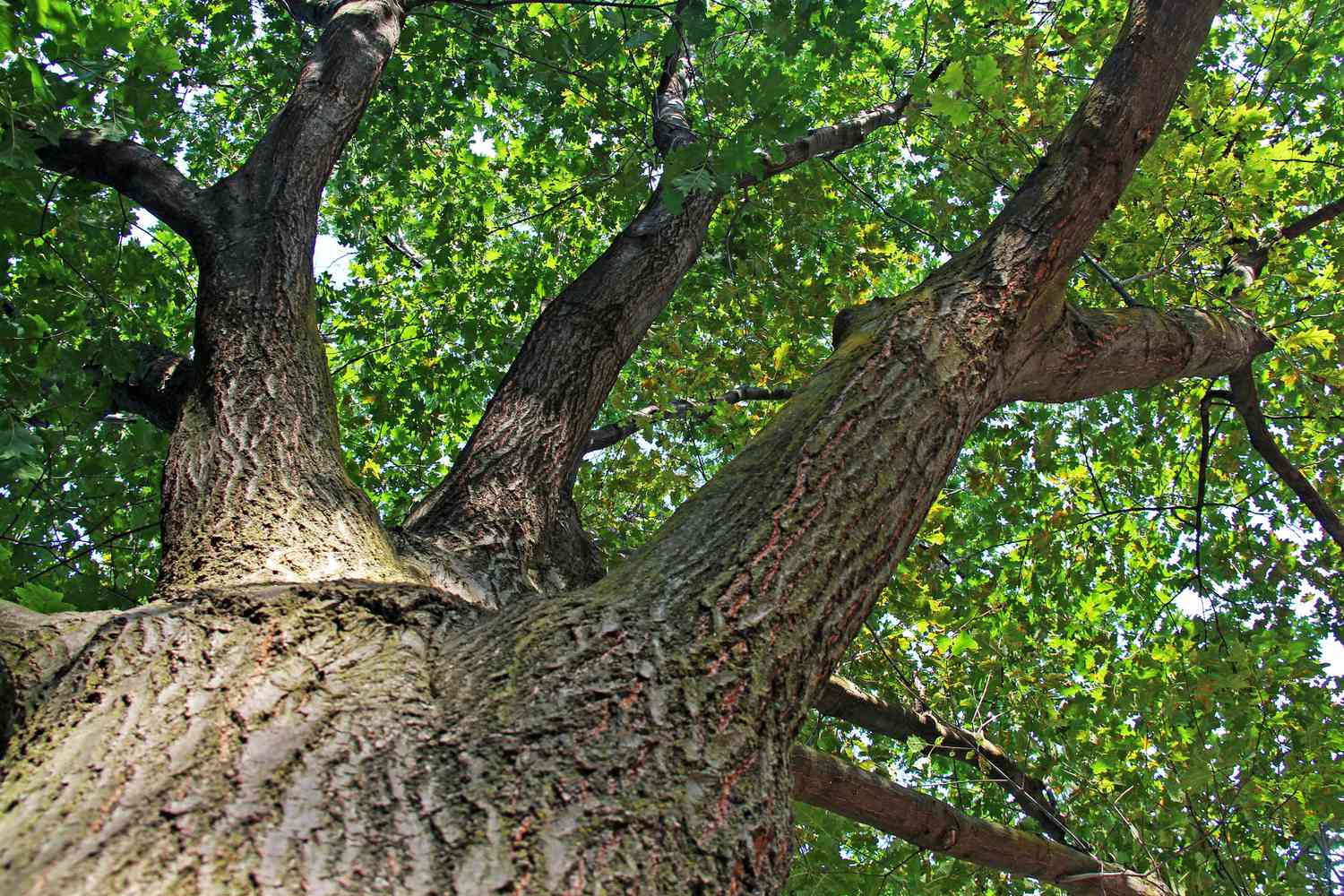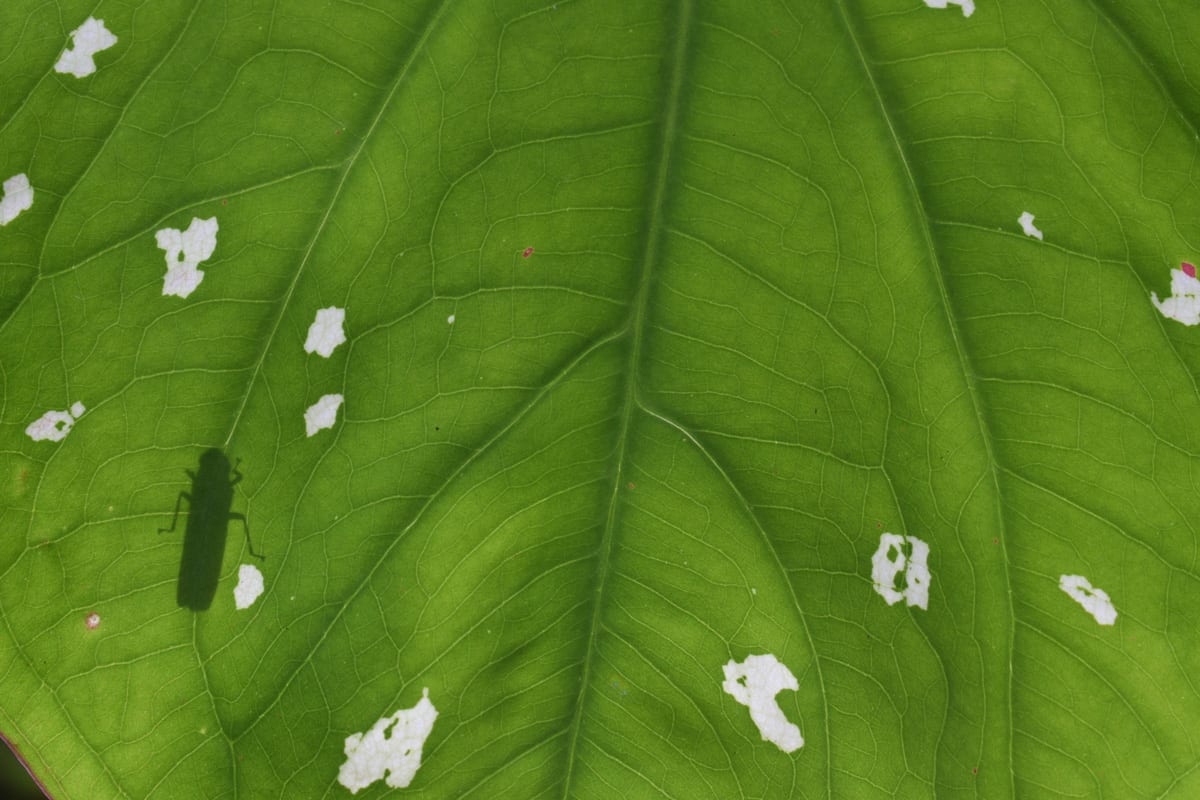Home>Gardening Tips and Tricks>Problem Solving>How To Stop Neighbors’ Weeds From Coming Into Yard


Problem Solving
How To Stop Neighbors’ Weeds From Coming Into Yard
Published: December 15, 2023
Learn effective problem-solving techniques to prevent your neighbors' weeds from encroaching on your yard. Stop the invasion with these proven strategies.
(Many of the links in this article redirect to a specific reviewed product. Your purchase of these products through affiliate links helps to generate commission for Chicagolandgardening.com, at no extra cost. Learn more)
Table of Contents
- Understanding the Dilemma of Unwanted Weeds
- Understanding the Persistence of Unwanted Weeds
- Open Dialogue: Communicating with Your Neighbors
- Creating Physical Barriers: Preventing Weed Encroachment
- Utilizing Herbicides: Targeted Weed Control
- Ongoing Vigilance: Regular Maintenance for Weed Management
- Embracing Effective Strategies for Weed Management
Introduction
Understanding the Dilemma of Unwanted Weeds
Dealing with invasive weeds from a neighbor’s yard can be a frustrating and persistent issue for many homeowners. The relentless encroachment of these unwelcome plants not only diminishes the visual appeal of your yard but also competes with your desirable plants for nutrients, water, and sunlight. The battle against these intruders can seem never-ending, but with the right approach, it is possible to regain control over your outdoor space.
In this comprehensive guide, we will explore effective strategies to prevent your neighbors’ weeds from infiltrating your yard. From open communication with your neighbors to the implementation of physical barriers and the use of herbicides, we will cover a range of tactics to help you reclaim your yard from the clutches of invasive plants. By understanding the root causes of this issue and adopting proactive measures, you can establish a thriving and weed-free outdoor environment.
Let’s delve into the nuances of this common predicament and discover practical solutions to protect your yard from the persistent invasion of unwanted weeds.
Understanding the Persistence of Unwanted Weeds
Before delving into potential solutions, it’s crucial to grasp the underlying factors that contribute to the relentless spread of weeds from your neighbors’ yard. Weeds are opportunistic plants that can thrive in various environments, and their ability to propagate rapidly poses a significant challenge for homeowners seeking to maintain a pristine yard.
One of the primary reasons for the incursion of weeds from neighboring properties is the natural dispersion of seeds through wind, animals, or human activity. These seeds can easily find their way into your yard, germinate, and establish a foothold before you even notice their presence. Additionally, if your neighbors’ yard is overrun with weeds, the likelihood of seeds being carried into your yard significantly increases.
Furthermore, the lack of proper maintenance in your neighbors’ yard can exacerbate the weed infestation. If they neglect to address the issue, allowing weeds to flourish and produce seeds, the problem will persist and potentially worsen over time. In some cases, the use of ineffective or incorrect weed control methods by your neighbors may inadvertently contribute to the spread of these unwanted plants.
It’s important to recognize that the spread of weeds is not always intentional on the part of your neighbors. They may be unaware of the extent of the problem or the impact it has on adjacent properties. By approaching this issue with empathy and a collaborative mindset, you can work towards finding mutually beneficial solutions that mitigate the spread of weeds.
By gaining a deeper understanding of the mechanisms driving the encroachment of weeds from your neighbors’ yard, you can tailor your approach to address the root causes of the problem. This knowledge will serve as a solid foundation as we explore effective strategies to prevent and manage the infiltration of unwanted weeds into your yard.
Open Dialogue: Communicating with Your Neighbors
When confronted with the challenge of invasive weeds from neighboring yards, open and respectful communication with your neighbors can be a pivotal first step towards finding a resolution. Engaging in constructive dialogue allows you to address the issue collaboratively, fostering a sense of shared responsibility for maintaining a weed-free environment.
Initiating a conversation with your neighbors about the weed encroachment can be approached with diplomacy and tact. Express your concerns in a non-confrontational manner, emphasizing the impact of the weed infestation on both properties. It’s essential to convey your intentions with a focus on finding an amicable solution that benefits all parties involved.
During the discussion, be prepared to listen to your neighbors’ perspective. They may not be fully aware of the extent of the weed problem or the implications it has for your yard. By actively listening to their insights, you can gain valuable understanding and potentially identify underlying factors contributing to the weed proliferation.
Collaborating on a mutually agreeable plan of action is key to addressing the issue effectively. This could involve coordinating on weed control efforts, sharing information about effective treatment methods, or collectively investing in professional services to tackle the problem comprehensively.
If direct communication with your neighbors is challenging or yields limited results, consider drafting a friendly and informative letter addressing the weed issue. Clearly outline the impact of the weed encroachment and propose potential solutions, emphasizing the benefits of working together to resolve the problem.
Ultimately, fostering a cooperative and communicative relationship with your neighbors sets the stage for proactive weed management. By aligning efforts and maintaining open lines of communication, you can work towards creating a harmonious neighborhood environment while effectively addressing the challenge of invasive weeds.
Creating Physical Barriers: Preventing Weed Encroachment
Implementing physical barriers in your yard can serve as a proactive defense against the infiltration of weeds from neighboring properties. These barriers act as a deterrent, impeding the spread of weed seeds and minimizing the need for constant vigilance and maintenance.
One effective method involves the installation of a sturdy and well-defined boundary between your yard and your neighbors’ property. This can be achieved through the erection of a robust fence, a retaining wall, or a dense hedge. These barriers not only delineate property lines but also create a formidable obstacle that impedes the migration of weed seeds into your yard.
Additionally, the strategic placement of landscape fabric or weed-suppressing membranes in garden beds and along the perimeter of your property can significantly reduce the likelihood of weed growth. These materials inhibit the germination of weed seeds while allowing water and nutrients to permeate the soil, promoting the health of your desired plants.
Regularly inspecting and maintaining the integrity of physical barriers is essential to ensure their continued effectiveness. Repair any damaged sections of fencing, reinforce retaining walls, and replace worn or torn landscape fabric to uphold the resilience of these protective measures.
Furthermore, creating a well-maintained and healthy lawn through proper mowing, aeration, and regular watering can act as a natural barrier against weeds. A lush and thriving lawn not only enhances the aesthetic appeal of your yard but also competes with weeds, limiting their ability to take root and proliferate.
By implementing physical barriers and adopting proactive measures to fortify your yard against weed encroachment, you can significantly diminish the impact of neighboring weeds and cultivate a resilient and flourishing outdoor space.
Utilizing Herbicides: Targeted Weed Control
When faced with persistent weed encroachment from neighboring yards, the strategic use of herbicides can be an effective component of your weed management arsenal. Herbicides, when applied judiciously and in accordance with recommended guidelines, can help combat invasive weeds and prevent their proliferation in your yard.
Prior to using herbicides, it is imperative to identify the specific types of weeds present in your yard and ascertain the most suitable herbicidal treatment for targeted eradication. Selective herbicides, designed to target specific types of weeds while minimizing harm to desirable plants, are particularly advantageous in this scenario. Non-selective herbicides should be used with caution, as they can eradicate all vegetation they come into contact with, including beneficial plants.
Applying pre-emergent herbicides during the appropriate seasons can proactively inhibit weed germination, creating a barrier against the encroachment of new weed growth. These herbicides form a protective shield in the soil, preventing weed seeds from sprouting and establishing roots, thereby reducing the need for extensive post-emergent weed control measures.
For existing weed infestations, post-emergent herbicides can be targeted specifically at the identified weed species, effectively disrupting their growth and reproductive cycle. Careful application and adherence to dosage instructions are essential to minimize the impact on surrounding vegetation and the environment.
It is crucial to prioritize safety when using herbicides, following all recommended precautions and usage guidelines provided by the product manufacturer. Protective gear, such as gloves, goggles, and appropriate clothing, should be worn during herbicide application to safeguard personal health and minimize exposure.
Regular monitoring of treated areas, along with diligent observation of any potential re-emergence of weeds, is essential to gauge the efficacy of herbicidal treatment and make informed decisions regarding additional applications or alternative control methods.
By integrating targeted herbicidal treatments into your weed management strategy, you can effectively combat the encroachment of unwanted weeds from neighboring yards and safeguard the vitality of your outdoor space.
Ongoing Vigilance: Regular Maintenance for Weed Management
Consistent and proactive maintenance practices are integral to preserving a weed-free environment in your yard, particularly in the face of persistent encroachment from neighboring weeds. By establishing a routine maintenance regimen, you can effectively mitigate the impact of invasive plants and uphold the health and visual appeal of your outdoor space.
Regular inspection of your yard is paramount in identifying early signs of weed growth and promptly addressing any incipient infestations. By conducting thorough visual assessments and actively monitoring areas susceptible to weed encroachment, you can intervene at the earliest stages, preventing the escalation of weed proliferation.
Implementing a robust and systematic weed removal process is essential for maintaining a pristine yard. Manual removal of weeds, including the extraction of roots to prevent regrowth, is a fundamental aspect of ongoing maintenance. This hands-on approach allows you to directly target and eliminate weeds while preserving the integrity of surrounding vegetation.
Practicing proper lawn care, including regular mowing, aeration, and fertilization, contributes to the resilience of your turf, creating a dense and healthy lawn that naturally inhibits weed growth. Adequate irrigation and soil management further bolster the vigor of your plants, reducing the likelihood of weed establishment.
Regularly cultivating garden beds and applying a layer of mulch serves as a dual-purpose maintenance measure. Cultivation disrupts weed growth and averts the formation of dense weed patches, while mulch acts as a protective barrier, impeding the germination of weed seeds and conserving soil moisture.
Engaging in preventive measures, such as the strategic application of pre-emergent herbicides during appropriate seasons, provides an additional layer of defense against weed encroachment. This proactive approach minimizes the need for extensive post-emergent weed control and contributes to the long-term suppression of weed growth.
Consistency and diligence in implementing these maintenance practices are instrumental in preserving a weed-free yard and mitigating the impact of neighboring weed encroachment. By integrating these measures into your regular maintenance routine, you can fortify your yard against invasive plants and foster a thriving outdoor environment.
Embracing Effective Strategies for Weed Management
As we navigate the persistent challenge of preventing neighbors’ weeds from infiltrating our yards, it becomes evident that a multifaceted approach is essential for successful weed management. By understanding the dynamics driving weed encroachment, fostering open communication with neighbors, and implementing proactive measures, homeowners can reclaim control over their outdoor spaces and cultivate a thriving and weed-free environment.
Effective weed management begins with a comprehensive understanding of the factors contributing to the spread of invasive plants from neighboring yards. The dissemination of weed seeds, coupled with inadequate maintenance practices, underscores the need for proactive intervention to curtail the encroachment of unwanted weeds.
Engaging in constructive dialogue with neighbors, centered on shared responsibility and collaborative solutions, forms the bedrock of effective weed management. By fostering open communication and aligning efforts to address the issue collectively, homeowners can establish a harmonious neighborhood environment while mitigating the impact of invasive weeds.
Implementing physical barriers, such as well-defined boundaries, landscape fabric, and a well-maintained lawn, serves as a proactive defense against weed encroachment. These measures act as deterrents, impeding the migration of weed seeds and minimizing the need for constant vigilance and maintenance.
Strategic use of herbicides, tailored to target specific weed species and applied with precision, can significantly contribute to weed control efforts. By adhering to safety protocols and employing selective herbicidal treatments, homeowners can effectively combat the encroachment of unwanted weeds while safeguarding the vitality of their desired plants.
Regular maintenance, encompassing vigilant inspection, manual weed removal, lawn care, and preventive measures, is paramount in preserving a weed-free environment. By upholding a consistent maintenance regimen, homeowners can mitigate the impact of invasive plants and uphold the health and visual appeal of their outdoor spaces.
By embracing these effective strategies and integrating them into a comprehensive weed management approach, homeowners can reclaim their yards from the clutches of invasive weeds and cultivate flourishing outdoor environments. Through proactive measures, open communication, and ongoing vigilance, the battle against neighbors’ weeds can be effectively addressed, allowing homeowners to enjoy the beauty and tranquility of their outdoor spaces without the encumbrance of unwanted plants.

